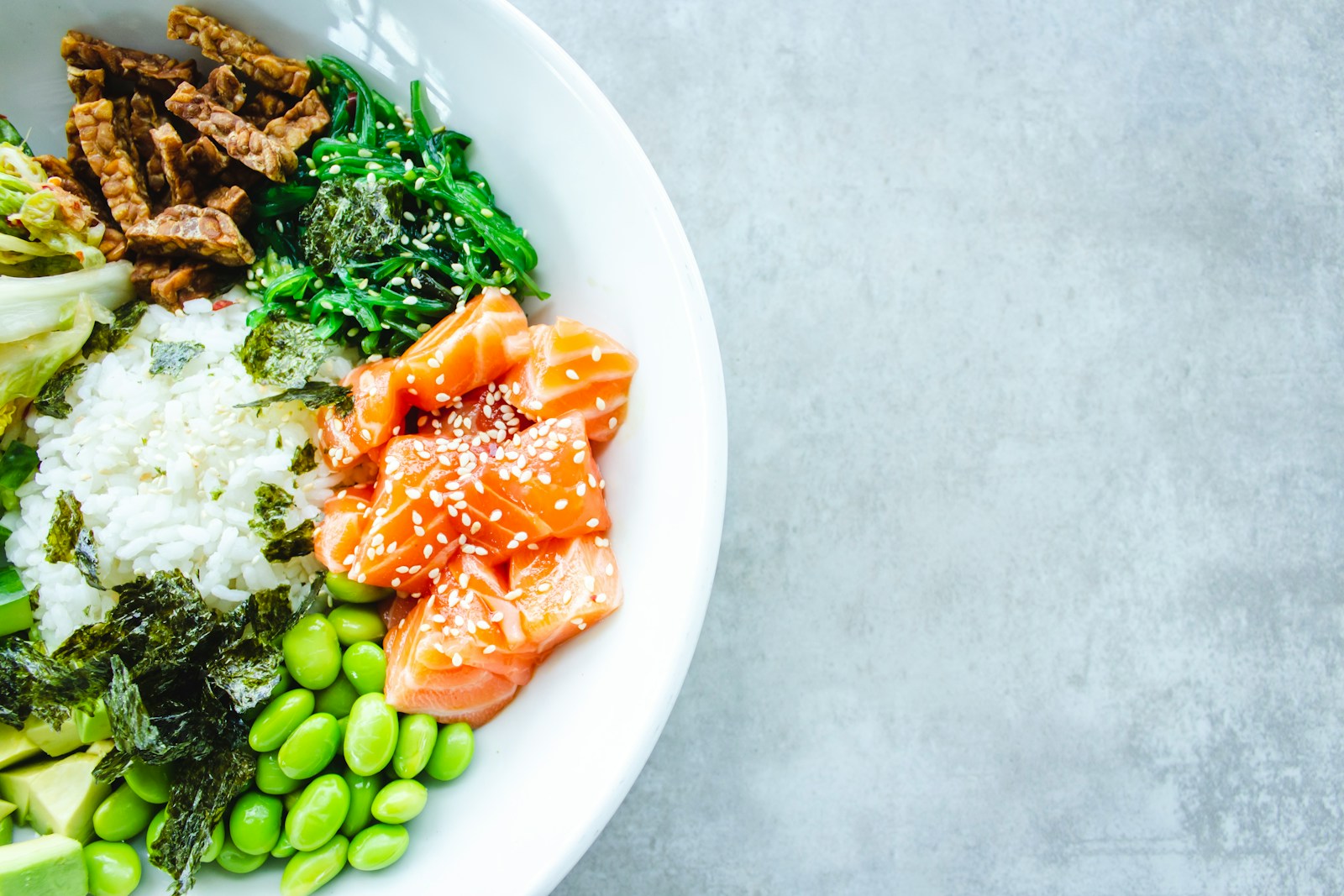Portion control is crucial for maintaining a healthy diet and preventing overeating. By understanding the impact of portion sizes on our overall health, we can make informed choices about what and how much we eat. Portion control plays a critical role in weight management, blood sugar regulation, and overall well-being. In this blog post, we will discuss the importance of portion control and provide practical tips for incorporating it into your daily routine.
Table of Contents
Understanding Portion Control
A crucial aspect of maintaining a healthy diet is understanding the concept of portion control. It is not just about what you eat, but also about how much you eat.
Definition and Significance
To put it simply, portion control refers to the practice of managing the amount of food you consume in one sitting. By regulating portion sizes, individuals can better control their calorie intake, which is essential for weight management and overall health. This practice is significant as it helps prevent overeating, which can lead to weight gain and various health issues.
The Impact of Portion Sizes on Our Health
An imbalance in portion sizes can have significant effects on our health. Consuming oversized portions regularly can lead to weight gain and an increased risk of obesity-related diseases such as diabetes, heart disease, and high blood pressure. On the other hand, consistently consuming smaller, well-balanced portions can help maintain a healthy weight and reduce the risk of chronic illnesses.
Portion control is crucial for a healthy lifestyle as it enables individuals to enjoy a wide range of foods without overindulging. It encourages mindful eating and helps individuals develop a sustainable relationship with food.
Practical Tips for Implementing Portion Control
Some practical tips for implementing portion control include using smaller plates and bowls, measuring food with portion control tools, and being mindful of recommended serving sizes. It’s important to pay attention to the amount of food you put on your plate and not exceed the recommended portion sizes.
- Use smaller plates and bowls
- Measure food with portion control tools
- Be mindful of recommended serving sizes
This will help you avoid overeating and promote better digestion and overall health. Some additional tips include eating slowly, drinking water before meals, and avoiding distractions while eating. Practicing portion control can lead to maintaining a healthy weight and reducing the risk of chronic diseases.
Reading Food Labels
Food labels provide important information about ingredient and nutrient content, including the serving size and number of servings per container. It’s essential to pay attention to these details to understand how much you are consuming. Look for keywords like “per serving” and “calories” to make informed decisions about portion sizes.
Using Household Items for Estimating Portions
On days when you don’t have access to portion control tools, household items such as a deck of cards, a fist, or a tennis ball can be used to estimate serving sizes. A deck of cards is about the size of a recommended portion of meat, while a fist can estimate a serving of vegetables or grains. Using these items can help you visually gauge the right amount of food to serve yourself.
Portion Control in Different Settings
Despite the growing awareness of the importance of portion control, many individuals struggle to apply this concept in different settings. Whether at home or eating out, maintaining proper portion sizes is crucial for overall health and well-being.
At Home
SettingsAt home, it is easy to fall into the habit of serving oversized portions, especially with the convenience of processed and pre-packaged foods. However, by taking the time to measure and portion out meals, you can gain better control over your food intake and prevent overeating. It is also helpful to use smaller plates and bowls to create the illusion of larger portions, which can trick the mind into feeling satisfied with less food.
Eating Out
Anytime you eat out, whether at a restaurant or a social gathering, it can be challenging to resist the allure of oversized servings. Restaurants are notorious for super-sized meals, which can lead to consuming far more calories than necessary. Planning ahead by checking the menu online, sharing entrees, and requesting a to-go box at the beginning of the meal can help you resist the temptation of overeating in social settings. Additionally, being mindful of your hunger cues and stopping when you feel satisfied, rather than overly full, is essential for practicing portion control outside of the home.
Advanced Strategies for Portion Control
Keep the following advanced strategies in mind to take your portion control to the next level:
- Use smaller plates and bowls to visually trick your mind into feeling satisfied with smaller portions.
- Pre-portion your snacks into individual servings to avoid mindlessly overeating.
- Eat slowly and savor each bite to give your body time to register fullness.
- Measure out high-calorie foods like oils and nuts to avoid unintentionally consuming excess calories.
Mindful Eating Techniques
To truly master portion control, practice mindful eating techniques. Focus on the sensations of eating, such as the taste, texture, and aroma of your food. Avoid distractions such as TV or phones, and pay attention to your body’s hunger and fullness cues. By being present in the moment while you eat, you can naturally regulate your portion sizes without feeling deprived.
Combining Portion Control with Balanced Nutrition
To achieve optimal health, it’s essential to combine portion control with balanced nutrition. Fill half your plate with colorful fruits and vegetables, and the other half with lean proteins and whole grains. This approach ensures that you’re getting essential nutrients while also managing your portion sizes effectively.
Portion control is not about deprivation; it’s about making informed choices and enjoying your favorite foods in moderation. By practicing portion control and focusing on nutrient-dense foods, you can achieve a healthy balance in your diet while still savoring the flavors you love.
Final Words
Considering all points discussed, it is clear that portion control is the key to maintaining a healthy and balanced diet. By being mindful of the quantity of food we consume, we can better manage our calorie intake, prevent overeating, and improve our overall health. Portion control can be achieved through various methods such as measuring food servings, using smaller plates, and being mindful of hunger and satiety cues. By incorporating portion control into our daily eating habits, we can take control of our health and work towards achieving our wellness goals.




